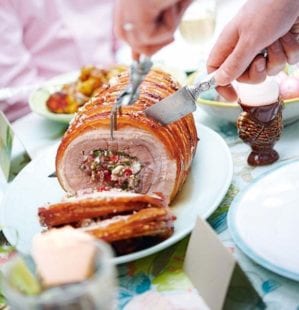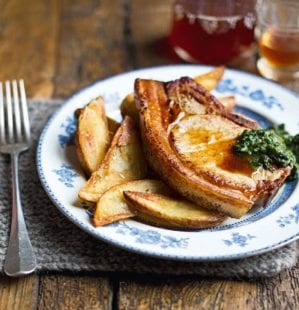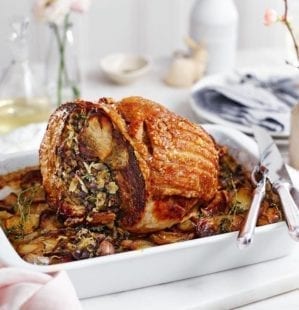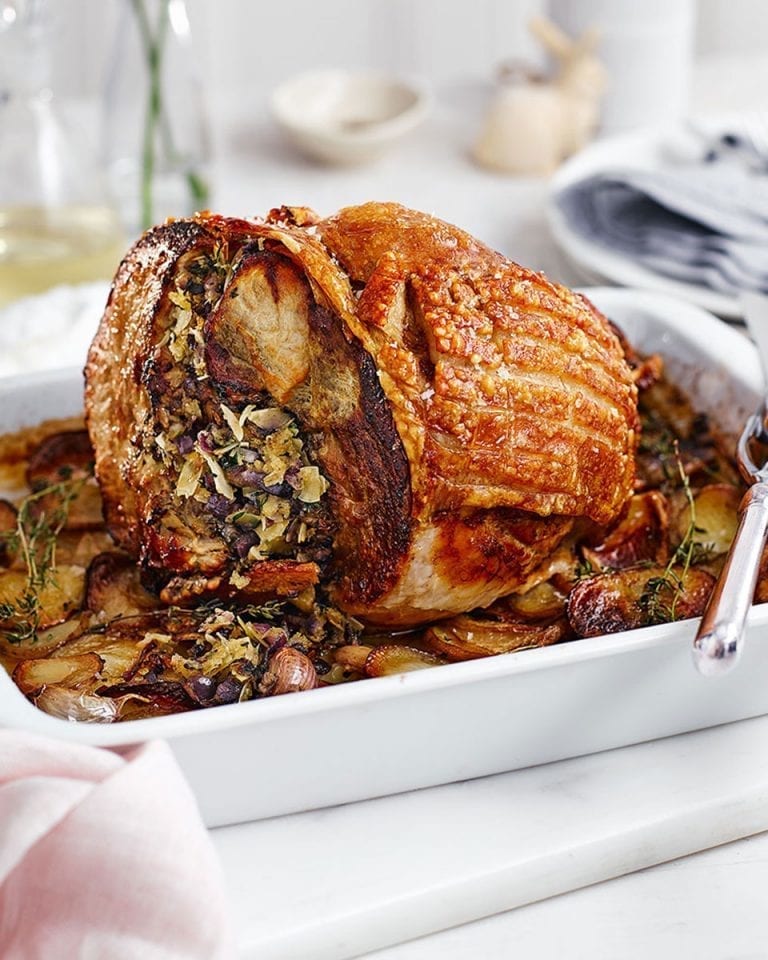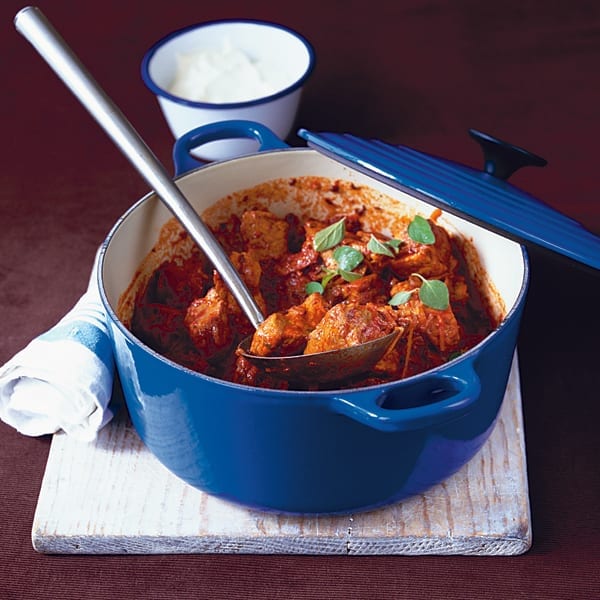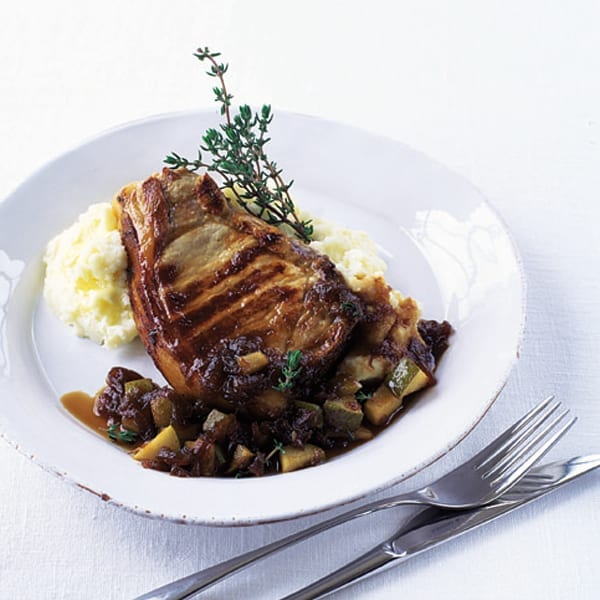The meat guide: pork
Here, we look at pork from all angles, helping you to make the most of this delicious meat with advice on buying and cooking – plus some fantastic recipes to try.
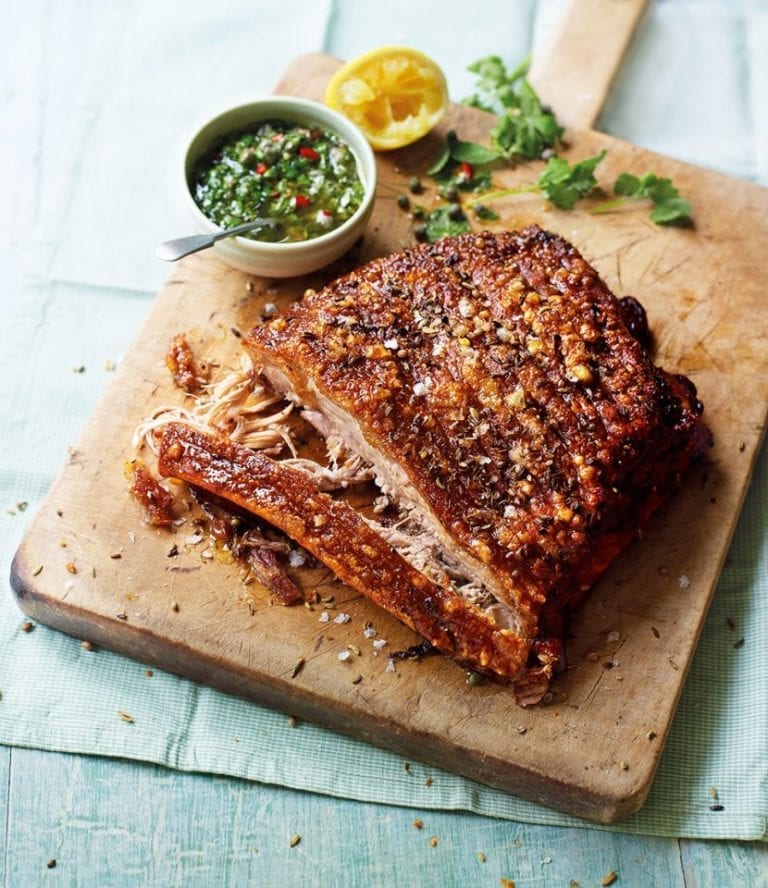
In recent years, mass-production of meat has increasingly taken the place of good husbandry, and the quality of a lot of the meat sold has suffered. This is particularly true of pork. All too often, short cuts are taken in production to cut costs and maximise profits. As a result, a lot of the meat on sale is intensively farmed, using hybrid breeds of animal that have been bred to grow rapidly and carry more meat. They’re given artificial and concentrated feed to bulk them out quickly, then are swiftly marched off for slaughter and taken straight to sale, leaving little time for the meat to develop taste and texture.
Meat from animals that have been allowed to mature slowly in happy surroundings, fed on natural or organic feed, then slaughtered close to home to reduce stress (which affects the meat’s texture) will have a rich flavour that makes it worth paying extra for.
Different cuts of pork
- Spare rib (shoulder) is a very large joint that can be divided again into the blade and spare rib chops.
- The hand (aka the hand and spring) is usually sold boned and rolled into a neat joint.
The middle section of the pig can be divided into the loin, the chump end and the belly.
- The loin can be sold on the bone (sometimes known as a rack of pork), boned and rolled, or sliced into loin chops.
- The chump end of the loin can be boned out and rolled into one joint, or cut into boneless chump steaks.
- The belly can be sold as one large joint, with or without the bones, or sliced into pork belly slices.
- The belly is also the joint from which spare ribs are cut (not to be confused with the big spare rib joint). For the meatiest, juiciest ribs, ask your butcher to ‘sheet out’ a belly of pork for you and to leave a thick layer of meat on the bones before cutting it up.
- Tenderloin, or fillet, comes from the loin of larger pigs, which are destined for bacon. A pork escalope is usually a small piece of fillet, or can be the eye of the loin that has been bashed flat between sheets of cling film.
- The back leg consists of leaner meat with less fat under the skin. It can be bought as one large leg joint on the bone, cut into leg steaks or, more usually, boned and rolled into smaller joints.
Recipes to try for different cuts of pork
Pork belly
- Roast stuffed pork belly
- Crispy pork belly
- Slow-cooked barbecue pork belly
- Pork belly with wild garlic croquettes
- Slow-roast fennel and coriander pork belly
Rack of pork
Spare ribs
Pork chops
- Pork chops with roasted baby veg
- Fennel seed crusted pork chops
- Pork chops with salsa verde and potato wedges
Pork tenderloin
- Easy pork tenderloin with roasted potatoes, feta, rosemary and sage
- Salt and pepper pork tenderloin
- Garlic pork with roasted tomatoes
Loin of pork
- Roast pork loin with smoked ham and gruyère stuffing
- Pork loin with pickled red onion
- Crackling pork loin
Leg of pork
- Almond and herb-stuffed leg of pork
- Indonesian pork satay
- Pork with brandy, prune and pecan stuffing
Shoulder of pork
Subscribe to our magazine
Food stories, skills and tested recipes, straight to your door... Enjoy 5 issues for just £5 with our special introductory offer.
Subscribe
Unleash your inner chef
Looking for inspiration? Receive the latest recipes with our newsletter
